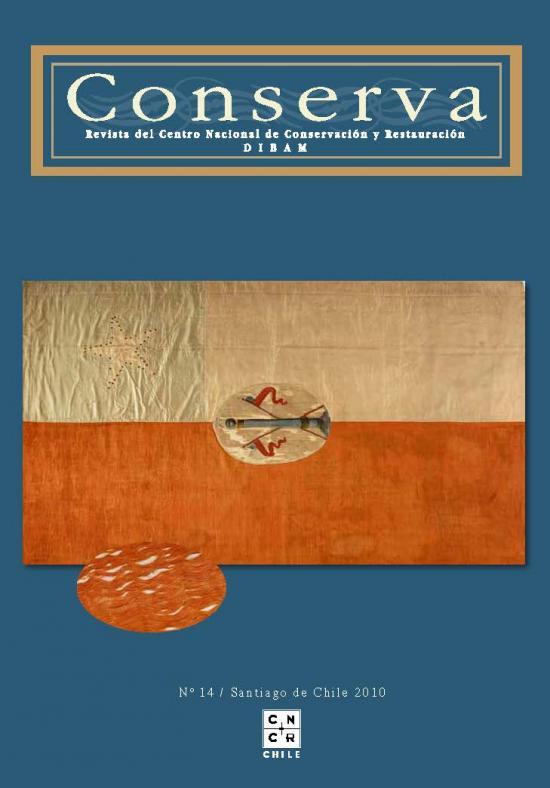Institución
Instituto Nacional de Antropología e Historia, México
Autores
Schneider G.,Renata
Resumen en inglés (Abstract)
The sustained reduction process of state activities undertaken by Mexico over the last 20 years has also had its correlation in the conservation of its heritage. The ongoing transfer of previously federal responsibilities to the states and municipalities became into a progressive loss of the capacity of the National Institute of Anthropology and History (INAH) to intervene, which has seen its actions limited to a mere regulatory scope. Faced with this scenario, rural marginalized communities with no touristic potential or the strength of political pressure have their heritage abandoned to its own luck, and, in the best case, hope for the miraculous help of a sponsor who takes on the responsibilities that the state has abandoned entirely.The restoration of the church at Santa María Acapulco, a pame community of San Luis Potosí, supposes an exception to the rule. The inter-disciplinary and inter-institutional work carried out, which entailed the active collaboration of the population in both the decisionmaking and intervention processes, has enabled not only to rescue the material and esthetical dimension of the physical heritage damaged in a 2007 fire, but also to maintain its daily ritual use, hence allowing to continue with its profound and rich cultural significance. We believe that certain lines of action implemented here, although difficult to export per se, may serve to create a national policy on conservation specifically directed at these types of sites.
Resumen en español
El proceso de reducción sostenida del ámbito de acción del Estado emprendido por México en los últimos 20 años ha tenido también su correlato en la conservación del patrimonio. El continuo traspaso de responsabilidades antiguamente federales a estados y municipios se ha ido traduciendo en una progresiva pérdida de capacidad de intervención por parte del Instituto Nacional de Antropología e Historia (Inah), que ha visto su accionar limitado al ámbito meramente normativo. En un escenario así, las comunidades rurales marginadas, aquellas que no tienen potencial turístico ni fuerza de presión política, ven su patrimonio abandonado a su propia suerte, esperando en el mejor de los casos la ayuda milagrosa de mecenas que asuman las responsabilidades que el Estado en su conjunto abandonó.La restauración de la iglesia de Santa María Acapulco, una comunidad pame de San Luis Potosí, supone una excepción a esta situación. El trabajo interdisciplinario e interinstitucional allí realizado, que ha implicado la activa colaboración de la población tanto en la toma de decisiones como en las intervenciones mismas, ha permitido no sólo rescatar la dimensión material y estética del patrimonio físico dañado por el incendio de 2007, sino además mantener su uso ritual y cotidiano, permitiendo la continuidad de su profundo y rico significado cultural. Nos parece que ciertas líneas de acción aquí implementadas, si bien difíciles de exportar per sé, pueden servir para la construcción de una política de conservación nacional que dirija específicamente a este tipo de sitios.
Palabras claves
restauración
iglesia
Santa María Acapulco
México
Fecha de publicación
Año 2010
ISSN
0719-3858
Página
55-79
Colección
Publicaciones periódicas


